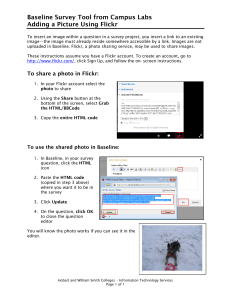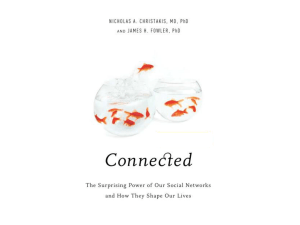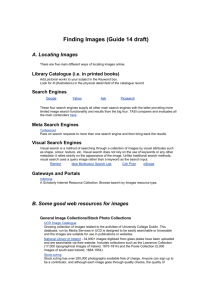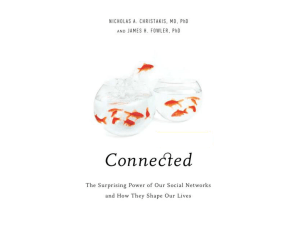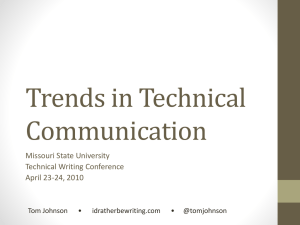Optical illusions images PowerPoint version
advertisement
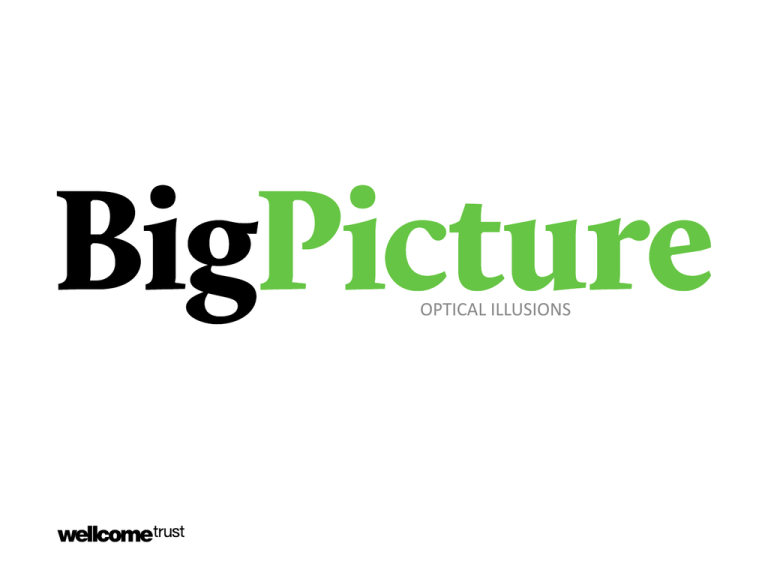
OPTICAL ILLUSIONS Natural beauty The eye says it’s a flower, the brain thinks it’s a face. Carefully positioned images can cause discrepancies between the actual image and the perception created by the brain. Credit: Tom Wigley/Flickr, CC BY-NC-SA 2.0. When the world was flat This garden in Paris is made up of grass at different heights and white lines. The area is oblong in shape, but from one angle it looks like a sphere. Credit: Jeff Hester/Flickr CC BY-NC-SA 2.0 BIGPICTUREEDUCATION.COM Going up? Obscured horizons and the contrasting slopes of the landscape and trees often cause people to lose their bearing on this downwards ‘gravity’ hill. Credit: Ray/Flickr, CC BY-NC-ND 2.0 BIGPICTUREEDUCATION.COM I didn’t use Photoshop A photo of the whole monitor is taken with a hand in front of the screen, and is then set as the background on the monitor. The note is then opened over the top of the new background. Credit: Evan/Flickr, CC BY-ND 2.0 BIGPICTUREEDUCATION.COM Spiralling snakes This image appears to be moving; the brain detects movement, but this is actually triggered by black-and-white edges, through the use of curvature, colour and shape. Credit: Roman Soto/Flickr, CC BY 2.0 BIGPICTUREEDUCATION.COM Black or White? Figure–ground perception is the tendency to simplify an image into its figure (i.e. its main subject) and its background. Whether you perceive black or white as the figure determines what you see (i.e. vase-like columns or men talking). Credit: Sha Sha Chu/Flickr, CC BY-NC-SA 2.0 BIGPICTUREEDUCATION.COM Moving Triangles The lines running from top to bottom appear tilted but are in fact vertical. Certain shapes and colours cause the brain to perceive movement in some situations, a phenomenon called retinal slip. Credit: ClintJCL/Flickr, CC BY-NC-SA 2.0 BIGPICTUREEDUCATION.COM Our house Although this room appears to be cubic, it is actually a trapezoidal shape. The woman is actually standing much closer to the camera than the man. Credit: Ian Stannard/Flickr, CC BY-SA 2.0 BIGPICTUREEDUCATION.COM Could you live in this? Two walls placed at very specific angles create what appears to be a complete building from a particular viewpoint. Credit: Thom Watson/Flickr, CC BY-NC-SA 2.0 BIGPICTUREEDUCATION.COM Reusing our images Images and illustrations • All images, unless otherwise indicated, are from Wellcome Images. • Contemporary images are free to use for educational purposes (they have a Creative Commons Attribution, Non-commercial, No derivatives licence). Please make sure you credit them as we have done on the site; the format is ‘Creator’s name, Wellcome Images’. • Historical images have a Creative Commons Attribution 4.0 licence: they’re free to use in any way as long as they’re credited to ‘Wellcome Library, London’. • Flickr images that we have used have a Creative Commons Attribution 4.0 licence, meaning we – and you – are free to use in any way as long as the original owner is credited. • Cartoon illustrations are © Glen McBeth. We commission Glen to produce these illustrations for ‘Big Picture’. He is happy for teachers and students to use his illustrations in a classroom setting, but for other uses, permission must be sought. • We source other images from photo libraries such as Science Photo Library, Corbis and iStock and will acknowledge in an image’s credit if this is the case. We do not hold the rights to these images, so if you would like to reproduce them, you will need to contact the photo library directly. • If you’re unsure about whether you can use or republish a piece of content, just get in touch with us at bigpicture@wellcome.ac.uk.
